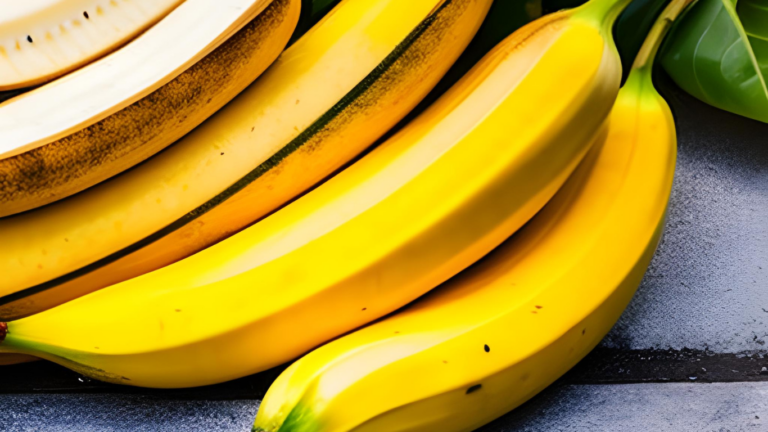Best Tips for Eating Out Safely with Hypertension
Eating out is one of life’s simple pleasures. Whether it’s a casual lunch with coworkers, a weekend date night, or grabbing takeout after a long day—restaurants are woven into our daily lives. But for anyone living with hypertension (high blood pressure), navigating the menu can feel like walking through a salty minefield. The good news? You don’t have to give up your favorite spots—you just need a few smart strategies up your sleeve.
What Is Hypertension, Anyway?
Hypertension, or high blood pressure, happens when the force of blood pushing against your artery walls is consistently too high. Over time, that extra pressure can strain your heart, damage your blood vessels, and raise the risk of serious conditions like stroke, kidney disease, or heart attacks.
According to the Centers for Disease Control and Prevention (CDC), nearly half of adults in the U.S. have hypertension, but many don’t even know it. That’s why understanding your numbers—and how to manage them—is so important.
Can I Still Eat Out With High Blood Pressure?
Yes, absolutely. The key is making thoughtful choices that help control sodium intake, support heart health, and keep blood pressure in check. Restaurants are known for heavy seasoning, but that doesn’t mean you’re doomed. With a few helpful tweaks, eating out can still be enjoyable and health-supportive.
Smart Restaurant Tips for Hypertension
Below are expert-backed, practical strategies you can use to eat out safely and deliciously with high blood pressure.
1. Skip the Salt—Ask for Low-Sodium or No Salt Added
- Why it works: Sodium is one of the biggest contributors to high blood pressure. Many restaurant meals are loaded with salt—sometimes an entire day’s worth in one dish.
- Tip: When ordering, politely ask if your dish can be made without added salt. You can also request sauces and dressings on the side to control how much you use.
- Expert Insight: “Cutting sodium by just 1,000 mg a day can significantly improve blood pressure,” says Dr. Lawrence Appel, Director of the Welch Center for Prevention, Epidemiology, and Clinical Research at Johns Hopkins University.
2. Choose Grilled, Steamed, or Roasted Options
- Why it works: Fried foods often contain unhealthy fats and hidden sodium. Grilled or roasted proteins typically have fewer additives and are less greasy.
- Tip: Look for menu items that say “grilled chicken,” “steamed vegetables,” or “roasted fish.” Avoid “crispy,” “battered,” or “smothered”—those usually signal higher sodium and fat.
3. Watch Portion Sizes—Split Meals or Take Half Home
- Why it works: Restaurants often serve double or triple the recommended serving size, which means more salt, sugar, and fat than you need.
- Tip: Consider splitting your entree with a friend or ask for a to-go box when your food arrives and stash half for later. That way, you enjoy the meal without overdoing it.
4. Load Up on Veggies—They’re Your Blood Pressure Allies
- Why it works: Vegetables are packed with potassium, fiber, and antioxidants—all of which help lower blood pressure naturally.
- Tip: Ask for a double serving of veggies instead of fries or rice. Side salads, steamed broccoli, or sautéed greens are often available if you just ask.
- Expert Note: The American Heart Association recommends aiming for 4–5 servings of vegetables a day as part of the DASH (Dietary Approaches to Stop Hypertension) plan.
5. Limit Sauces, Dressings, and Condiments
- Why it works: Ketchup, soy sauce, and creamy dressings can be surprisingly high in sodium—even in small amounts.
- Tip: Request sauces and dressings on the side, then dip your fork into them before each bite. It gives you the flavor without the salt overload.
6. Choose Whole Grains When You Can
- Why it works: Whole grains like brown rice, quinoa, and whole wheat contain fiber that supports heart health and helps reduce blood pressure over time.
- Tip: Swap white bread or white rice for whole grain options when available. Many restaurants now offer brown rice, whole wheat buns, or quinoa bowls—just ask!
7. Skip the Booze or Go Light
- Why it works: Alcohol can raise blood pressure, especially when consumed in excess. It also makes it harder to stick to healthy eating goals.
- Tip: If you choose to drink, stick to one drink per day for women or two for men. Sparkling water with lemon or a mocktail is a smart, satisfying alternative.
8. Hydrate—But Skip the Sugary Beverages
- Why it works: Staying hydrated helps your heart work more efficiently, but sugary drinks can contribute to weight gain and increased pressure over time.
- Tip: Ask for water with lemon or unsweetened iced tea. Avoid sodas or sweetened fruit drinks that can spike insulin and increase fluid retention.
Extra Tips You May Not Have Heard
- Try a small dark chocolate square after your meal: Studies suggest dark chocolate (70% cocoa or more) may help lower blood pressure slightly. Just one or two squares will do the trick.
- Bring your own salt-free seasoning: If you’re dining somewhere that lets you bring your own meal additions, try packing a small shaker of garlic powder or Mrs. Dash for flavor without sodium.
- Don’t eat out hungry: A light snack beforehand (like a banana or a handful of nuts) can prevent overeating and help you make better menu choices.
Note: Always check with your healthcare provider before making any significant dietary changes. What works for one person may not be suitable for another, especially if you’re on medication.
Final Thoughts
Living with hypertension doesn’t mean you have to say goodbye to restaurants or social outings. It just means being a little more mindful about what’s on your plate. With the right tools and a dash of planning, you can enjoy delicious meals out while still supporting your health goals.
Everyone’s body is different. While these tips are a solid starting point, don’t forget to work with your doctor or a registered dietitian to create a personalized approach that’s right for you. After all, the best plan is one you can stick with—and still enjoy every bite.

Dr. Gwenna Aazee is a board-certified Internal Medicine Physician with a special focus on hypertension management, chronic disease prevention, and patient education. With years of experience in both clinical practice and medical writing, she’s passionate about turning evidence-based medicine into accessible, actionable advice. Through her work at Healthusias.com, Dr. Aazee empowers readers to take charge of their health with confidence and clarity. Off the clock, she enjoys deep dives into nutrition research, long walks with her rescue pup, and simplifying medical jargon one article at a time.






